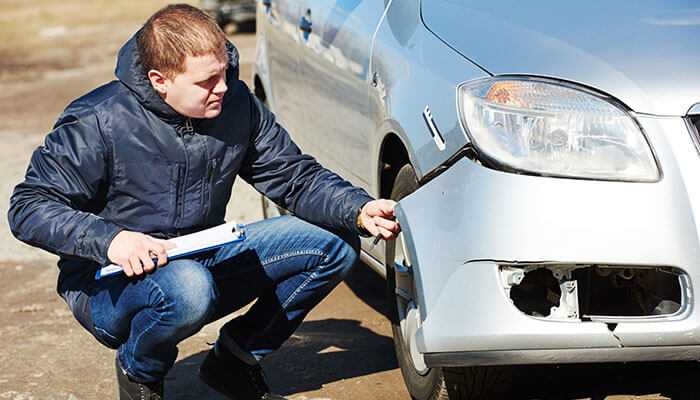

Car insurance makes every drive safer for you, your passengers, and others on the road. It can protect you from financial losses due to liability as well as accidental damage to your own vehicle. Read on to learn more about the types of car insurance and how insurance work in a car accident.
Car insurance is an agreement between car owners or policyholders and the insurance company in which the policyholder makes monthly payments called premiums in exchange for financial coverage in the event of certain covered events. A comprehensive car insurance policy offers coverage for accidental collisions as well as theft, fire, vandalism, natural disasters, and falling objects. The conditions of coverage, maximum coverage, premiums, and duration of coverage may vary by provider and policyholder. Some policies also offer liability coverage that protects the policyholder when someone else is injured due to the driver’s negligence. Understanding how insurance work in a car accident is key to knowing the type of protection you have when an unexpected event occurs.
Your car insurance is active once you’ve purchased your policy and started paying premiums. If you’re in an accident or have your car stolen 9or experience any other covered event), you can make an insurance claim. The steps to file a claim are as follows:


You’ll need evidence to claim if you’ve been in an accident. This includes photographs of the scene and damaged vehicle, a police report, the other party’s insurance information (if you’re in a collision), witness statements, etc. You can ask your insurance provider what evidence they need for different covered events.
Most insurance providers allow you to file a claim online or over the phone. They may require you to fill out a form and upload or share the necessary documents and evidence. Different insurance providers may have different processing timelines, so you may need to wait a few days before you hear back.
Your insurance provider will assign you a claims adjuster who will review your application, assess the damage, procure repair estimates, and evaluate the overall validity of your claim. They may reach out to you for additional information or paperwork as they process your claim.
If your claim is found to be valid, the insurance company will issue you a payout based on the coverage you’ve purchased. The insurance company will subtract your deductible from the total claim payout. Most insurance companies will have their own unique claims payment schedule, so it’s a good idea to stay in touch with your claims adjuster and ask for a potential timeline if you’re not sure when you’ll receive the funds.
Remember not to dispose of any damaged items from an accident until your insurance company has completed its investigation.
The demands of a career can often be overwhelming. Professionals juggle long work hours, deadlines, and a long list of…
Displaced children represent education's most urgent frontier, with studies showing refugee youth are five times less likely to attend school…
Modern businesses are creating and accumulating large amounts of data from multiple sources. While this data, along with AI and…
Navigating Florida Trucks: Key Regulations Every Truck Driver Must Know Florida's highways might be lined with palm trees, but for…
Gambling on the Internet is not just entertainment, but a complex experience, where every detail affects the player's satisfaction. Choosing…
Once, starting a business meant holding inventory, managing supply chains, and dealing with logistical nightmares. Now? The smartest entrepreneurs don’t…